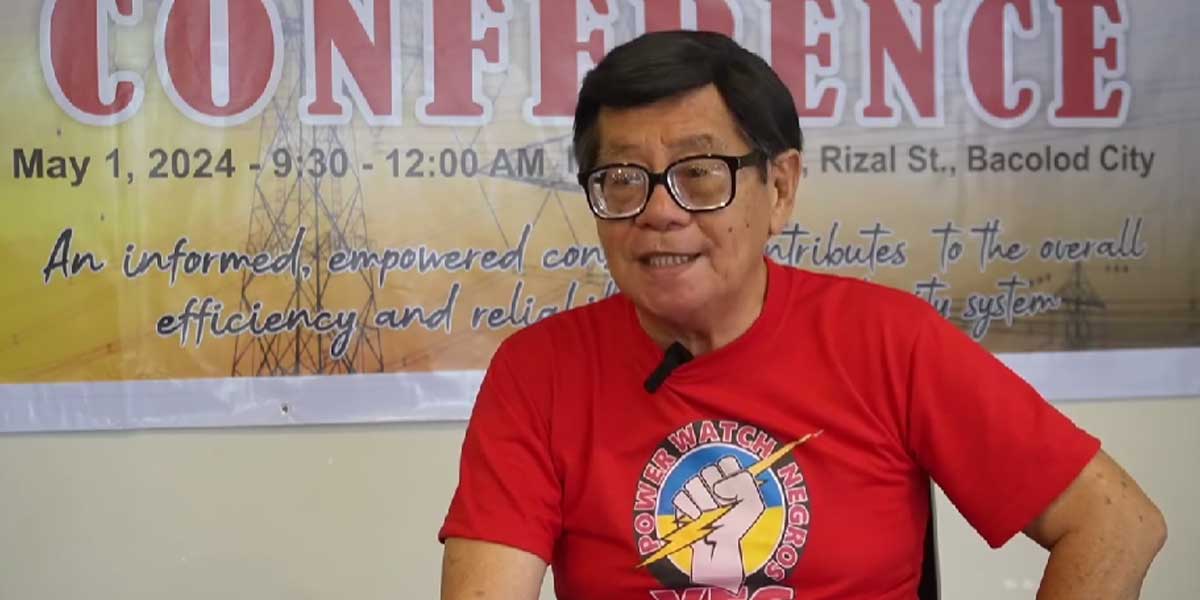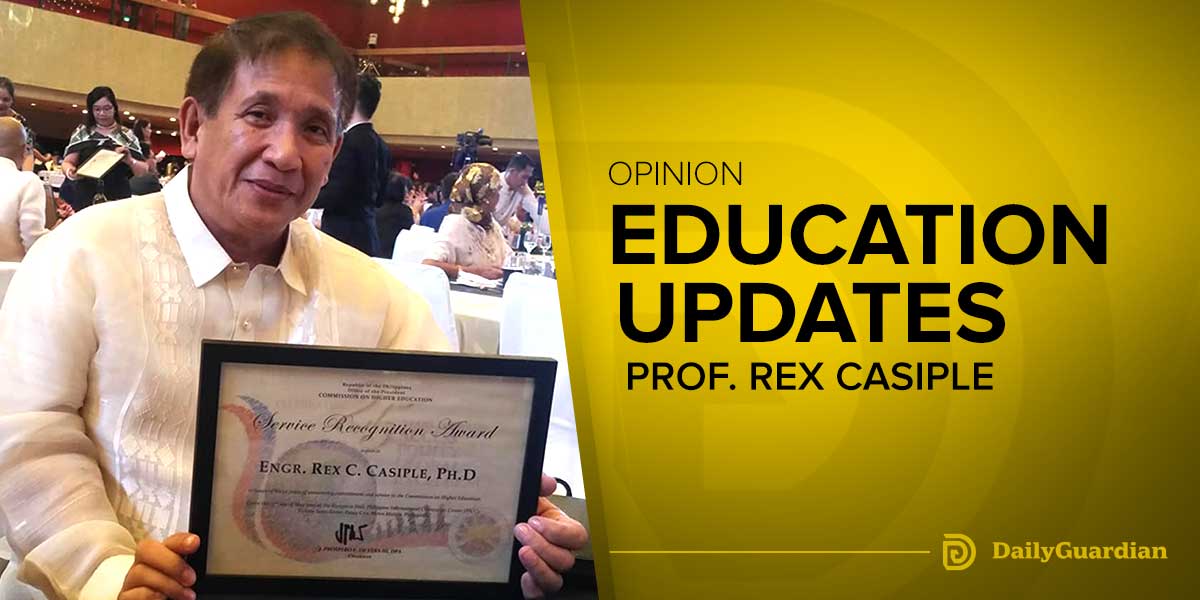 By Atty. Eduardo T. Reyes III
By Atty. Eduardo T. Reyes III
As the digital world is starting to mature, so too is the pervasiveness of the use of digital platforms. Controversy erupts when they are misused (or, worse, abused) and the victim scrambles to run after evidence that is not meant to be retained or saved, or can be easily deleted given that they are ephemeral in nature.
When this happens, what comes to the fore are both the admissibility and probative value of electronic evidence. How do we capture in its authentic form evidence which exists only in passing on the internet or in an intangible platform?
A.M. No. 01-7-01-SC or the Rules on Electronic Evidence came into effect on July 17, 2001 without much fanfare. These rules serve as the counterpart of the rules on evidence in the Rules of Court which traditionally contemplated only of documents printed on paper. But the prevalence of digital communication calls for a more conscious examination of the rules on electronic evidence to ensure their authenticity and reliability especially when its contents are either libelous, inciteful of commission of a crime, or indecent.
The significant provisions are highlighted as follows:
- Section 1, Rule 3 of the Rules on Electronic Evidence provides that “electronic documents are the functional equivalents of paper-based documents”. This means that for all intents and purposes, the rules on documentary evidence particularly the Best Evidence Rule (now known as the Original Document Rule under the 2019 Revised Rules on Evidence) and the Parol Evidence Rule, apply as well to electronically-generated evidence which are in writing;
- The “original document” pursuant to the Best Evidence Rule (now known as the Original Document Rule under the 2019 Revised Rules on Evidence, A.M. No. 19-08-15-SC), in so far as electronic evidence is concerned, refers to any “printout or output readable by sight or other means, shown to reflect the data accurately”;
- The most common “electronic evidence” that is always rife for controversy are the “electronic document” and “ephemeral electronic communication” which are often generated from digital platforms such as text (SMS), Facebook, email, messenger, or CCTV which are considered as “ephemeral evidence” because they can easily be deleted from the platform. These are defined by the rules as follows:
(h) “Electronic document” refers to information or the representation of information, data, figures, symbols or other modes of written expression, described or however represented, by which a right is established or an obligation extinguished, or by which a fact may be proved and affirmed, which is received, recorded, transmitted, stored, processed, retrieved or produced electronically. It includes digitally signed documents and any print-out or output, readable by sight or other means, which accurately reflects the electronic data message or electronic document. For purposes of these Rules, the term “electronic document” may be used interchangeably with “electronic data message”.
(k) “Ephemeral electronic communication” refers to telephone conversations, text messages, chatroom sessions, streaming audio, streaming video, and other electronic forms of communication the evidence of which is not recorded or retained.
- The manner of “authentication” of electronic evidence can be done in three (3) ways under Section 2, Rule 5, viz:
Before any private electronic document offered as authentic is received in evidence, its authenticity must be proved by any of the following means:
(a) by evidence that it had been digitally signed by the person purported to have signed the same;
(b) by evidence that other appropriate security procedures or devices as may be authorized by the Supreme Court or by law for authentication of electronic documents were applied to the document; or
(c) by other evidence showing its integrity and reliability to the satisfaction of the judge.
- In tandem with the preceding paragraph is Section 1, Rule 9 which, in contrast to Section 2, Rule 5 which refers to the “manner of authentication”, Section 1, Rule 9 refers to the “method of authentication”, viz:
Section 1. Affidavit evidence. – All matters relating to the admissibility and evidentiary weight of an electronic document may be established by an affidavit stating facts of direct personal knowledge of the affiant or based on authentic records. The affidavit must affirmatively show the competence of the affiant to testify on the matters contained therein.
Lastly, in so far as audio, still photos, video and other similar recordings in a digital platform which are likewise “ephemeral” or fleeting in nature are concerned, there are three (3) requisites for their admission as evidence: (1) They must be shown, presented, or displayed in court; (2) they must be identified, explained or authenticated; and, (3) the person who must identify, explain or authenticate must be either the person who made the recording or some other person competent to testify on the accuracy thereof. It is submitted that the latter can refer to any person who either saw the actual recording by another person or any person for that matter who, although not actually present at the time of the recording, but is so familiar with the place or event which was recorded that he can vouch for the accuracy and faithfulness of the recording and that what is/ are depicted are fair and accurate representations of the actual things, places or events captured in the recording.
This rule was applied by the Supreme Court in a recent case where it allowed the CCTV footage of the killing of a person to prove that the same was done treacherously and that the killing constituted as murder and not merely homicide, even if the one who testified on such footage was not the actual person who made the recording but it was enough that he had ample knowledge about such recording and how it was transferred to a compact disc (CD) and eventually presented in court. (People of the Philippines v. Eddie Manansala y Alfaro, G.R. No. 233104. September 2, 2020).
The key therefore is to save a copy of the message, recording or writing on a digital platform by taking a screenshot or by downloading the same in its full text (not a redacted or spliced version), and then to print or transfer the same in another medium. It must also be authenticated by a competent person or one who had seen it while still in its pristine electronic form by executing an affidavit of authentication.
As we surge on to a different dimension known as the digital world which is fast-paced, amorphous and often timeless, it pays to know how electronic evidence is preserved whether for purposes of presentation in court or for posterity’s sake. After all, capturing such evidence while on flight might mean saving one’s reputation or preserving his or her own rights.
(The author is the senior partner of ET Reyes III & Associates- a law firm based in Iloilo City. He is a litigation attorney, a law professor and a law book author. His website is etriiilaw.com).





















